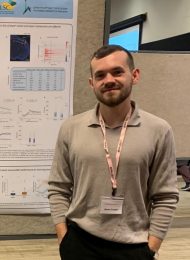Learning related plasticity in the auditory system
We aim to understand the neuronal basis of learning and memory in the auditory system, focusing on cortical circuits. We study perceptual learning and category learning as two lifelong processes that shape brain function and behavior in adults. To study the mechanisms of these types of learning we use mice. We developed automated behavioral systems to train groups of mice on complex behavioral tasks like perceptual learning and categorization. We use a variety of techniques, including electrophysiology, multi-unit arrays recording and imaging to follow single neurons as mice learn, memorize and behave.
And in Olfaction – We have similar interests in olfaction and related olfactory circuits.
Parental plasticity
Parental plasticity is manifested by hormonal and physiological changes across the body including in the brain. We study parental plasticity in the context of auditory and olfactory perceptions. We use the mouse as a model to study how pup vocalizations and pup odors are recognized by their parents. We track how these cues are processed and perceived along the neural circuits responsible. Anatomical, physiological and behavioral methods are integrated to solve the complexity underlying sensory-driven parental behaviors.
How do adult born neurons shape olfaction?
The mammalian brain maintains few neurogenic niches in adulthood. One of these regions is the subventricular zone, which is supplying new inhibitory neurons to the olfactory bulb. The functional role of this unique form of network plasticity remains unknown. We use various tools including mouse genetics combined with imaging to study how these new-born neurons shape the neuronal code in the olfactory system.


















